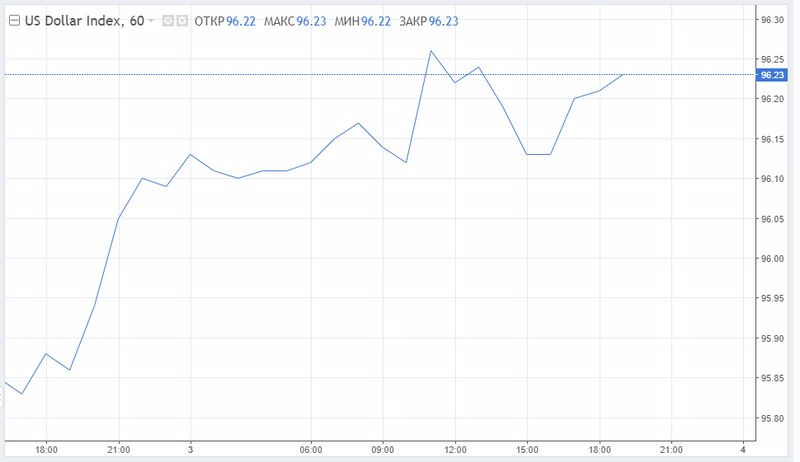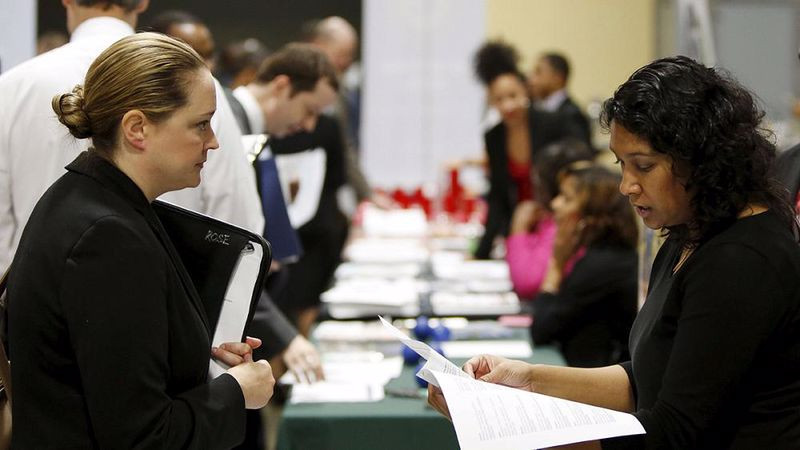
Health experts remain concerned about the worldwide spread of a new variant of COVID-19, Omicron, but it could be weeks before we know how dangerous this strain can actually be.
investors continue to emphasize that the US stock market is strong and the Fed is ready to accelerate the unwinding of its monetary stimulus program. This statement is supported by the 2% rally in the major Wall Street indices and the rebound in the greenback.
At the end of yesterday's trading session, the US stock market increased after the two previous trading sessions closed in the red.
Stock indices should overcome the recent streak of declines and may rise over the next 12 months, according to analysts recently polled by Reuters.
The S&P 500 index is expected to extend its rally this year and rise by 7.5% by the end of 2022, reaching the level of 4,910.
According to BNP Paribas, the S&P 500 index is likely to climb to 5,100 by the end of the next year.
Despite fears caused by the new COVID-19 strain, bank specialists expect corporate profits to rise faster than Wall Street experts estimate.
BNP Paribas considers that tax hikes for companies are unlikely to occur next year. Other risks for business, including supply chain disruptions and the Fed's interest rate hike, markets would easily overcome, analysts said.
There is also a possibility that the Fed may not tighten its policy so much as it was in the past.

The Fed's previous rate hike peaked at 2.25%-2.5% in 2018. But the upcoming cycle could end below 2%, according to the US rate futures forecast for five years.
This rate, which is lower than the 2.5% forecast by the Fed, reflects that the regulator's policy tightening could end before interest rates reach the central bank's inflation target of 2%. This means that real interest rates in the US are likely to remain negative.
What is now driving the longer part of the treasury yield curve is the expectation that once the US central bank starts to raise rates, it will not be able to approach the levels it has reached in previous cycles, according to the Bank of America strategists.
Investors still perceive any stock market downsides as an opportunity to make purchases, believing that in a world where inflation-adjusted bonds yield well below 0%, there is simply no alternative.
The US dollar is trading near a 17-month high and remains a favorite currency among investors.
The USD index closed Thursday's session with a slight surplus for the second day in a row and continues to hold its higher levels on Friday.
The difference in interest rates will be a hot topic on Forex over the next three months, according to a consensus forecast by Reuters experts, putting the greenback in a unique position to improve its performance against its counterparts.
The USD index has gained nearly 7% for the year to its high since 2015 and got a boost on Wednesday from Fed Chairman Jerome Powell, who gave the markets a hint that the central bank would raise rates earlier than expected.
The dollar is likely to find new supporters in the coming weeks, even among those analysts who still expect it to weaken in the short to medium term.

"The dollar is well placed to repeat what it tends to do," JP Morgan analysts said.
"Typically, on average, the dollar has gone up by four percentage points in broad index terms in the six months before the first Fed hike, and that's probably not an unreasonable projection for thinking about how much upside there could be for the dollar this time around," they added.
Despite concerns that long positions on the dollar may prevent further growth in the next month or so, Rabobank strategists continue to favor the dollar against the euro, given the potential for more aggressive action by the Fed.
"Risk of further USD pullbacks means that we have held off from revising lower our EUR/USD 1.12 target for now. That said, the possibility of a break lower to 1.10 during the course of next year has increased," the experts said.
The EUR/USD struggled to benefit from its modest rise on Thursday, but ended up retreating more than 50 pips from the swing highs and closed yesterday's trading near 1.1300.
The Eurozone reports released the day before exceeded expectations. Producer prices rose sharply in October and the unemployment rate declined. However, this data did not add optimism to the euro, which continues to suffer because the coronavirus is again shattering Europe, and countries in the region are forced to tighten restrictive measures.
In addition, the ECB policy remains rather soft compared to other major central banks, and this also puts pressure on the euro.
Meanwhile, growing expectations that the Fed will sooner or later tighten its monetary policy to curb stubbornly high inflation continue to support the dollar.
Several FOMC members - Fed Vice Chairman Randal Quarles, Atlanta Fed President Rafael Bostic, and San Francisco Fed Chair Mary Daley - supported the idea of accelerating the pace of stimulus program tapering.
In addition, the greenback was strengthened by the data on the US economy released on Thursday. The number of initial claims for unemployment benefits for the week that ended on November 26 rose less than expected to 222,000. The reading of the previous week was revised to 194,000 from 199,000.

On Friday, the EUR/USD pair is trading in a narrow range within 30 pips.
The US labor market report for November is in the spotlight.
The US economy created 550,000 jobs last month. If the payrolls meet or exceed expectations, the dollar is likely to strengthen.
Strong data may also give the Fed reasons to accelerate the tapering of the asset purchase program at the next meeting, which will be held on December 14-15.
Recent data point to strong US GDP growth in Q4, which will prompt the Fed to cut quantitative easing faster. Therefore, the greenback will trade at higher levels at least until the end of Q1 of 2022, according to specialists at MUFG Bank.
"But we do not believe a faster taper through Q1 2022 by the Fed will be followed by numerous (three) rate hikes and expect the Fed to prove much more cautious in raising rates and will ultimately deliver less than market pricing – perhaps just hiking once. This caution will prompt a repricing that ultimately results in USD depreciation," they added.
Following such a scenario, experts do not exclude the return of the EUR/USD pair to 1.2000 in the first quarter of 2022.
Increasing divergence in monetary policy between the Fed and the ECB has been a key factor in euro weakness in recent months, and this situation may continue in early 2022. However, the ECB policy could become more hawkish if eurozone inflation proves to be more resilient than the regulator believes, and this would strengthen the euro, the experts added.
The EUR/USD pair was recovering below 1.1200, or from lows since July 2020, but stopped near the 38.2% Fibonacci retracement level of the decline to 1.1185 from 1.1690.
If the pair breaks through resistance at the area of 1,1380 - 1,1385, it may bring additional short-term gains for the buyers. A breakthrough of 1,1400 would allow the bulls to reach 1,140 and 1,1500.
On the other hand, sustained weakness below the 1.1260-1.1255 area, leading to a subsequent breakout of 1.1235, would be seen as a new trigger for bears. The pair could retest the yearly low at 1.1185, followed by 1.1145 and 1.1100.
 English
English 
 Русский
Русский Bahasa Indonesia
Bahasa Indonesia Bahasa Malay
Bahasa Malay ไทย
ไทย Español
Español Deutsch
Deutsch Български
Български Français
Français Tiếng Việt
Tiếng Việt 中文
中文 বাংলা
বাংলা हिन्दी
हिन्दी Čeština
Čeština Українська
Українська Română
Română

